Accommodation during the Langtang Valley Trek is largely provided by local teahouses. They offer you a warm and culturally rewarding experience. These traditional structures are scattered along the main trail villages like Syabrubesi, Lama Hotel, Langtang Village and Kyanjin Gompa. They are built to give humble comfort to trekkers while crossing the remote Himalayan terrain. The teahouses are made mainly of wood and stone. The architecture perfectly blends with the rugged mountainous terrains that provide a unique rustic beauty. The teahouses are plain in decoration but cozy and warm providing a relaxing retreat from day long trekking.
The rooms in teahouses typically come with two single beds, a mattress, a blanket and a pillow. They are not always heated and thus a warm sleeping bag is a necessity, especially at high altitudes. Bathrooms are generally shared and hot showers are usually available for a charge depending on the altitude and how available gas or sunlight is.
These teahouses are run mainly by local family groups, particularly the Tamang and Sherpa communities which are most hospitality-oriented. Meals are freshly cooked and served in the common dining rooms, typically in the presence of a central stove that keeps the rooms cozy in the winter evenings.
Common foods include typical Nepali dal bhat (vegetables, rice, and lentils), Tibetan bread, soups, noodles, and basic Western food like pancakes, pasta or fried rice. Food is filling and sufficient for the high-energy needs of trekkers, though variety may taper off as you go higher up the valley.
While accommodation facilities are still basic, teahouses in busier locations such as Kyanjin Gompa may have slightly superior facilities such as private rooms, attached bathrooms or large dining areas. Still, basic facilities such as Wi-Fi, charging points, and hot showers are not always guaranteed and tend to cost more.
Most of the teahouses are first-come, first-served, so early arrival or pre-booking through agencies or guides is advisable during busy trekking seasons. The general charm is in the simplicity and cultural interaction you receive at these mountain lodges.
For more comfort seekers, there are hotel and lodge options that tend to be larger and may offer a bit better facilities such as more rooms, private or semi private toilets and in some cases fancier food menus or resting areas. They might also offer better heating and charging facilities.
To best enjoy your stay, you must prepare with cash (no ATMs), personal toiletries, and a good sleeping bag. It is courteous to eat where you stay since the sale of food assists the families running teahouses. You can also expect occasional slow service especially during peak hours when the teahouse is crowded but the wait is worthwhile for the warm meal and homey atmosphere. Despite the lack of luxury, staying in Langtang Valley hotels and teahouses is a warm and satisfying experience.
Accommodation in Syabrubesi
Syabrubesi is the starting point of the Langtang Valley Trek. It has simple but cozy accommodation options for trekkers. It is a trailhead hamlet with a series of guesthouses, teahouses and lodges for trekkers arriving to embark on their trek.
The accommodations are basic with twin beds, clean bed sheets and attached or shared bathroom depending on the lodge. While not in the luxury category, these are adequate to unwind after an exhausting drive and prepare for the next couple of days of trekking. Hot showers, charging stations and basic WiFi facilities are also available in most of these lodges at a small additional cost.
The majority of the Syabrubesi family-owned lodges have cozy and friendly environments. The food is freshly prepared and the menu has traditional Nepali fare as well as a number of well-known Western cuisines. The hospitality is friendly, and hosts are generally forthcoming with trekking advice or with organizing local guides and porters. While at Syabrubesi, do not expect top-class services but decent food, clean shelter and a peaceful environment to launch your Himalayan expedition.
Accommodation in Sherpa Gaun
Sherpa Gaun, about 5 hour climb from Syabrubesi, is one of the peaceful and ethnically rich villages on the Langtang Valley Trek. Located on a ridge with stunning views of the Langtang Himalaya range, this peaceful hamlet is a less-traveled route to the more touristy trail via Lama Hotel.
Although less crowded, Sherpa Gaun has amazingly commodious places to stay for trekking travelers. The village offers a few family-run teahouses and lodges with plain but cozy rooms, typically with twin beds, warm blankets, and shared bathrooms. Hot showers (solar-heated or gas-heated) are also available for a fee in some of the lodges.
Teahouses in these places are run by warm local Sherpa families who often serve home-style meals prepared with ingredients that are grown or purchased locally.
Overall, Sherpa Gaun’s accommodation is simple but pleasant, offering a serene and culturally immersive overnight experience that contributes to the Langtang trek adventure.
Accommodation in Lama Hotel
The accommodations at Lama Hotel are basic, catering mostly to trekkers on the Langtang Valley trek. The teahouses here are simple in a dense forest setting, offering a quiet and calm overnight experience. The rooms are typically equipped with two single beds with a mattress, pillow and blanket.
There are no attached bathrooms in any of the teahouses. They are all communal, typically outside of the main building and can be quite primitive. There may be hot showers at a few lodges, but they typically come with an additional fee and are weather dependent.
The teahouses are run by local families and offer home-cooked food and friendly hospitality. The menu is fairly standard for the region and includes dal bhat, noodles, soup and Tibetan bread, all of which are excellent for refueling for the next part of the trek. Although the services are simple, the warm and serene atmosphere makes the Lama Hotel an essential stopover.
Accommodation in Langtang Village
Accommodation in Langtang Village is slightly more developed than the earlier stopping point of Lama Hotel but it still follows the simple, traditional teahouse style, typical of the Langtang Valley Trek.
After the devastating earthquake in 2015, the village has been reconstructed by the ingenious local people in a well-planned way. You can now have the benefit of several clean and comfortable lodges with amenities like twin sharing bedrooms, communal toilets and bathing and washing facilities. Hot showers and electricity points are available, for which a nominal fee is usually charged.
The Langtang Village teahouses are mostly family run and offer friendly hospitality, home cooking and a cozy atmosphere under the shade of snow capped peaks. The food is fresh, warm and wholesome. A few teahouses offer limited WiFi and can help with route planning or arranging support for the following day’s hike. This restored village is more than a stopover but also a chance to dive deep into the resilience of the people and their rich culture.
Accommodation in Kyanjin Gompa
Kyanjin Gompa is the last and most picturesque stop on the Langtang Valley Trek. It provides some of the best accommodations although still in the form of basic teahouses. At an altitude of about 3,800 meters, the lodges here have comfortable twin bedrooms with simple beds and warm blankets for chilly, alpine nights. Shared toilets and washing facilities are commonly available. Some lodges even have hot showers, solar-powered electricity, and a few charging points, typically for a small extra fee.
Kyanjin Gompa gets a steady flow of trekkers, so the teahouses are a little more organized and better equipped than those in lower villages. The nearby yak cheese factory and stunning views of Langtang Lirung are a bonus. The warmth of Sherpa and Tamang hosts, the serene Kyanjin monastery and the nearby peaks and glaciers make your stay here not only pleasant but also enriching.

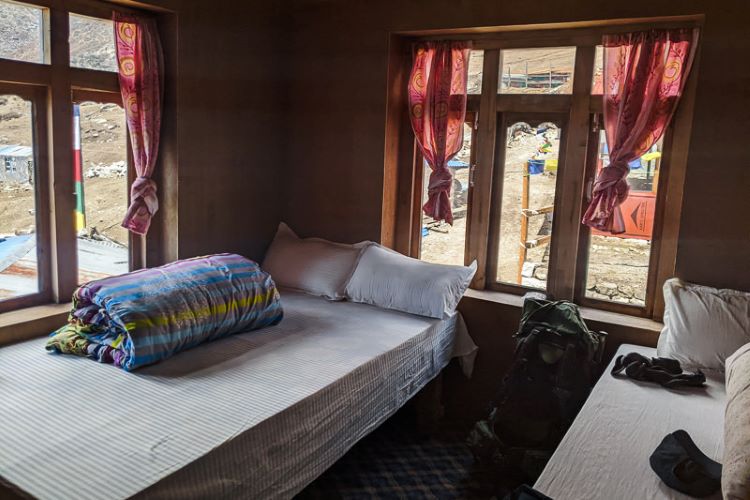
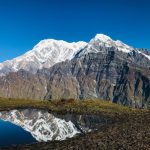 Saturday, August 30th, 2025
Saturday, August 30th, 2025
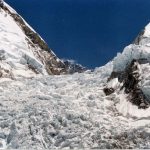 Wednesday, August 27th, 2025
Wednesday, August 27th, 2025
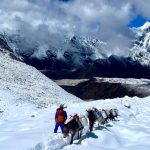 Wednesday, August 20th, 2025
Wednesday, August 20th, 2025
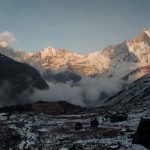 Wednesday, August 20th, 2025
Wednesday, August 20th, 2025
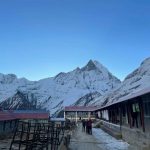 Wednesday, August 13th, 2025
Wednesday, August 13th, 2025
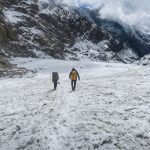 Wednesday, August 6th, 2025
Wednesday, August 6th, 2025
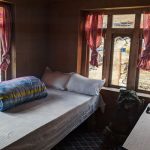 Monday, July 7th, 2025
Monday, July 7th, 2025
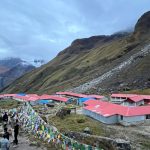 Thursday, July 17th, 2025
Thursday, July 17th, 2025
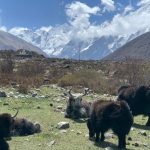 Monday, July 7th, 2025
Monday, July 7th, 2025
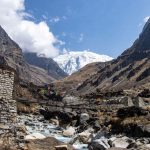 Friday, May 9th, 2025
Friday, May 9th, 2025
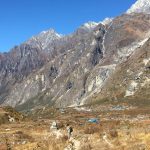 Saturday, June 14th, 2025
Saturday, June 14th, 2025
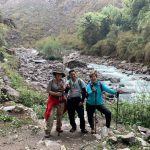 Wednesday, June 25th, 2025
Wednesday, June 25th, 2025
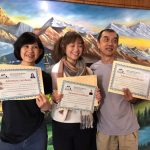 Tuesday, August 5th, 2025
Tuesday, August 5th, 2025
